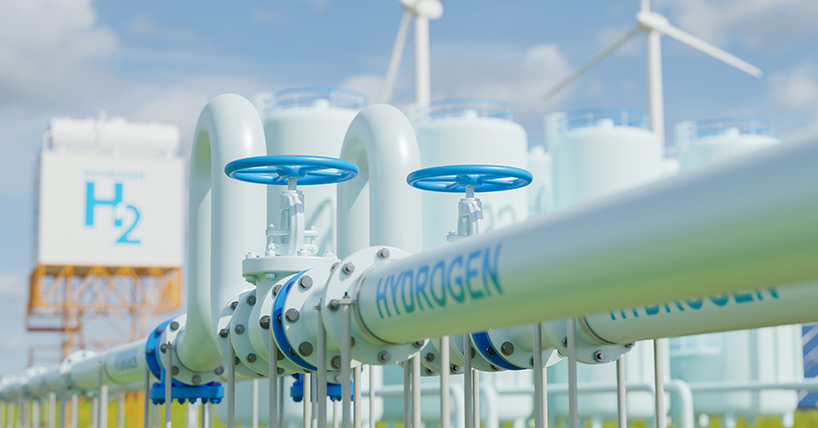Iron age swiss cheese
Iron age humans were as fondue of Swiss cheese as we are
Published on: 21 April 2016
Archaeologists have uncovered evidence that Swiss cheesemaking dates back to prehistoric times, paving the way for such delicacies as Gruyere and Emmental.
Making cheese at altitude
An international team led by Newcastle University and the University of York looked at the composition of residues left on fragments of ceramic pots found at six sites in the Swiss Alps. The shards of pottery were known to date from Neolithic times to the Iron Age. The researchers found that the residue on those from the 1st millennium BC - the Iron Age - had the same chemical signatures associated with heating milk from animals such as cows, sheep and goats, as part of the cheesemaking process.
The ceramic fragments examined as part of this study were found in the ruins of stone buildings similar to those used by modern alpine dairy managers for cheese production during the summer months.
Although there is earlier evidence for cheese production in lowland settings, until now virtually nothing was known about the origins of cheesemaking at altitude due to the poor preservation of archaeological sites.
The research team - which also included scholars from the University of Liverpool as well as Swiss and Brazilian research institutes - say that the development of alpine dairying occurred around the same time as an increasing population and the growth of arable farming in the lowlands. The resulting pressure on valley pastures forced herders to higher elevations.

Understanding Alpine cheese production
Dr Francesco Carrer, Research Associate at the School of History, Classics and Archaeology, Newcastle University, said: “Even today, producing cheese in a high mountainous environment requires extraordinary effort. Prehistoric herders would have had to have detailed knowledge of the location of alpine pastures, be able to cope with unpredictable weather and have the technological knowledge to transform milk into a nutritious and storable product.
“We can now put alpine cheese production into the bigger picture of what was happening at lower levels. But there is more work needed to fully understand the prehistoric alpine cheesemaking process such as whether the cheese was made using a single milk or a blend and how long it was matured for.”
Today, Alpine dairying is a multi-million Euro industry and an important cultural tradition in parts of France, Switzerland and Italy. Alpine cheeses such as Emmental, Raclette and Gruyere are internationally renowned because of the centuries-old recipes and traditional methods that go into their production.



